Not long ago, I was in Spain, a country abundant with stories about Columbus. It was Columbus who discovered the New World, establishing an empire and rewriting human history. Even to this day, Spain is living off the legacy Columbus left behind.

The Columbus Monument by the seaside in Barcelona.

I also visited Portugal, where in Lisbon, one can hear tales from the Age of Exploration everywhere. Vasco da Gama set sail from here, rounding the Cape of Good Hope to find India; Magellan’s journey around the globe also began here, ushering in a new chapter of exploration. Prince Henry the Navigator even established the world’s first national maritime school in Lisbon, inspiring people to brave the seas.
The Discoverers’ Monument in Lisbon, leading with Prince Henry.

Before the Age of Exploration, people could barely see beyond a tiny old world. Without world maps, everything was a patchwork of information. The whole world was divided into three major regions: one named Europa, another called Asia, and the last one known as Africa. Eastern Asia was a mysterious land; China and India were considered wealth-filled regions by Europeans, but the routes to the East were dominated by Arabs. To the south, Africa presented vast deserts that were impassable; to the north lay intimidating icy terrain, while the northwest passage remained a dreamland for many famous explorers, often leading to their demise. To the west lay an ocean, shrouded in mystery—perhaps that was the end of the world…

The upcoming route, with a hint of homage to the Age of Exploration, begins in Cape Town, South Africa, passing by the world’s most remote island (without exception), Tristan da Cunha, as well as South Georgia Island, often referred to as the “Galapagos of the Poles”, eventually reaching the Antarctic Peninsula and then crossing the Drake Passage to arrive in Ushuaia, Argentina—the end of the world.
The entire journey lasts 21 days and 20 nights, starting in Africa, moving to Antarctica, and then to South America; covering three out of seven continents gives one a profound sense of geographical discovery. Moreover, on this route, you can observe an incredible variety of animals, with at least six species of penguins to see.
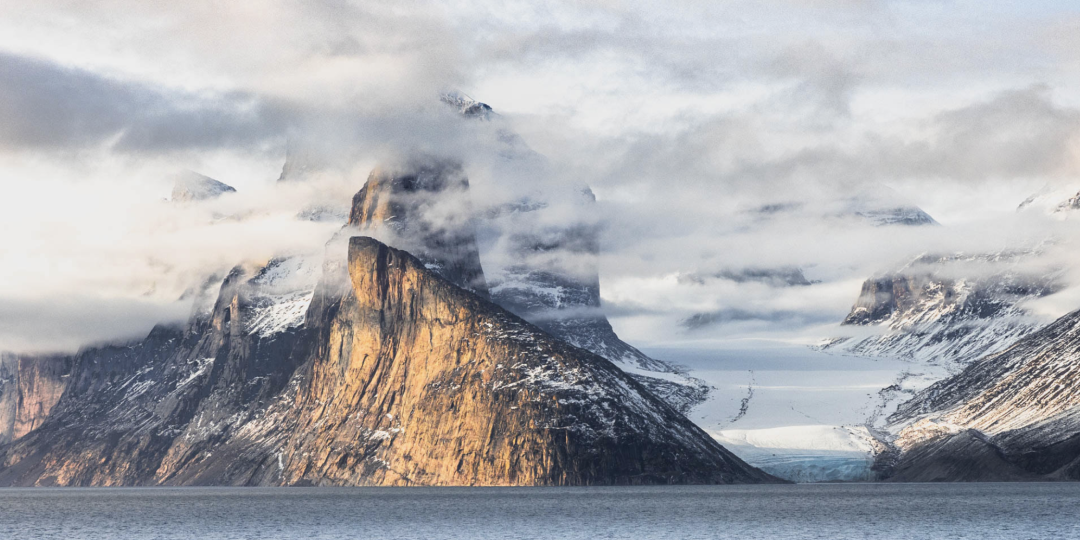
The key is the high cost-performance ratio. The ticket price is $7,180 (approximately 52,000 RMB) per person. Many may not realize that a casual trip to Antarctica typically costs over 50,000 RMB for just nine days and eight nights. The prices soar if you visit three islands in Antarctica. This particular journey comprises 21 days and 20 nights, including stops at the three islands in Antarctica, as well as routes in Cape Town and Tristan da Cunha, all for just $7,180, which is indeed very reasonable. This price includes ground transportation from Cape Town Airport, a night’s hotel accommodation in Cape Town prior to departure, transfers to the port from the hotel, transfers from Ushuaia Airport, and the flight from Ushuaia to Buenos Aires.
I have conducted a detailed comparison of Antarctic cruise tickets for this season, and when computed on a per-day basis, I could not find any cruise that allows landings in Antarctica (500 people or more cannot land) that offers a lower daily average than this expedition.


Now, let’s discuss the vessel—the Swan Exploration Cruises’ newest ship, the SH Diana. This company is relatively niche with just three ships, continually running global exploration routes. As they say, while most people only see the world in its original form, they aim to let others see it deeper and further. This route is merely one segment of the SH Diana’s entire passage from the Arctic to Antarctica. The image below outlines the entire route connecting the Arctic to Antarctica; one day, when I retire, I would like to experience this myself.
The SH Diana was launched in April 2023 and is the newest vessel in the Swan Exploration fleet. It has a total of 96 cabins accommodating 192 guests, with a crew of 140 and an ice-breaking classification of PC6, making it suitable for polar navigation.
A friend of mine has been aboard this ship and mentioned that it is quite good. Eighty percent of the cabins are balcony rooms, and with 192 passengers onboard, there are three restaurants, ensuring that dining experiences are not crowded or rushed. The main dining area alone can comfortably accommodate all guests at once. Breakfast and lunch are served buffet-style, while dinner is predominantly multi-course.
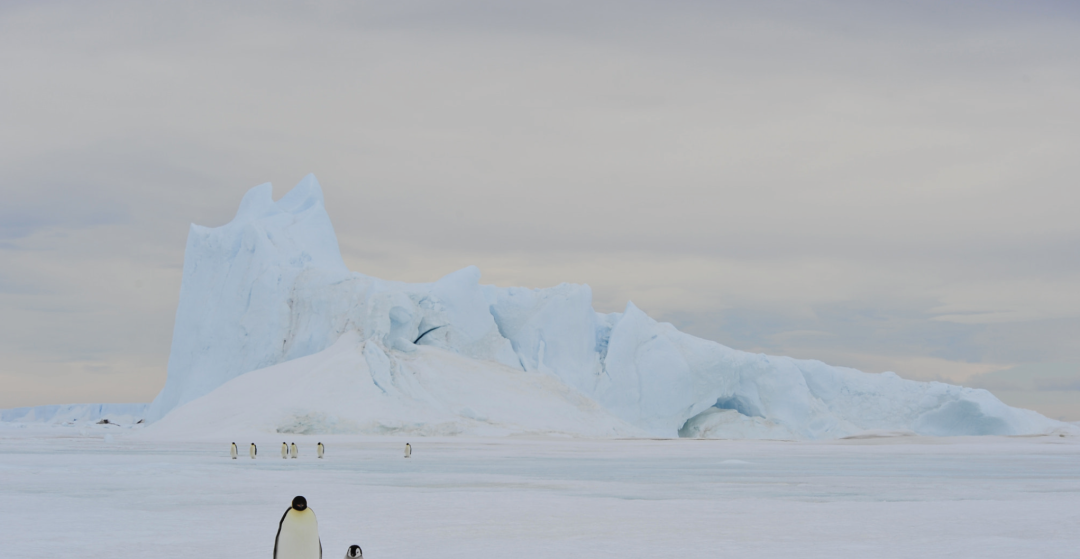
On the top deck at the stern, there is a sea-view infinity pool, which is temperature-controlled. This means you can take a swim in Antarctica, which can be quite refreshing.

The bow of the upper deck offers excellent viewing points, ideal for capturing beautiful photos.

The ship also provides sauna facilities, making it one of the better-equipped vessels on polar routes.

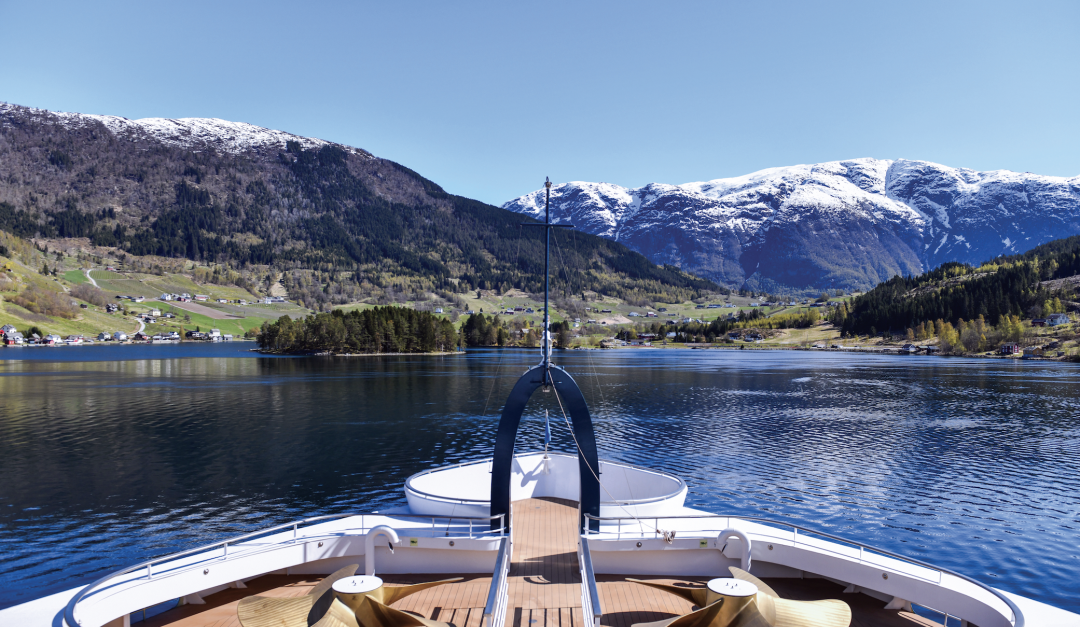

Here’s a bit of hardware from other ships for visual reference.
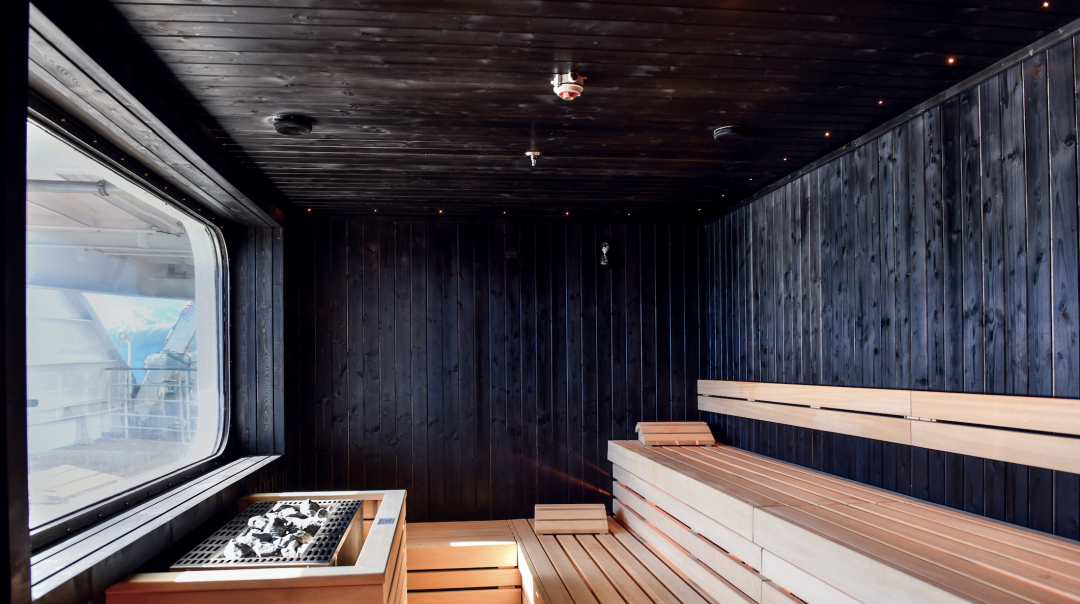


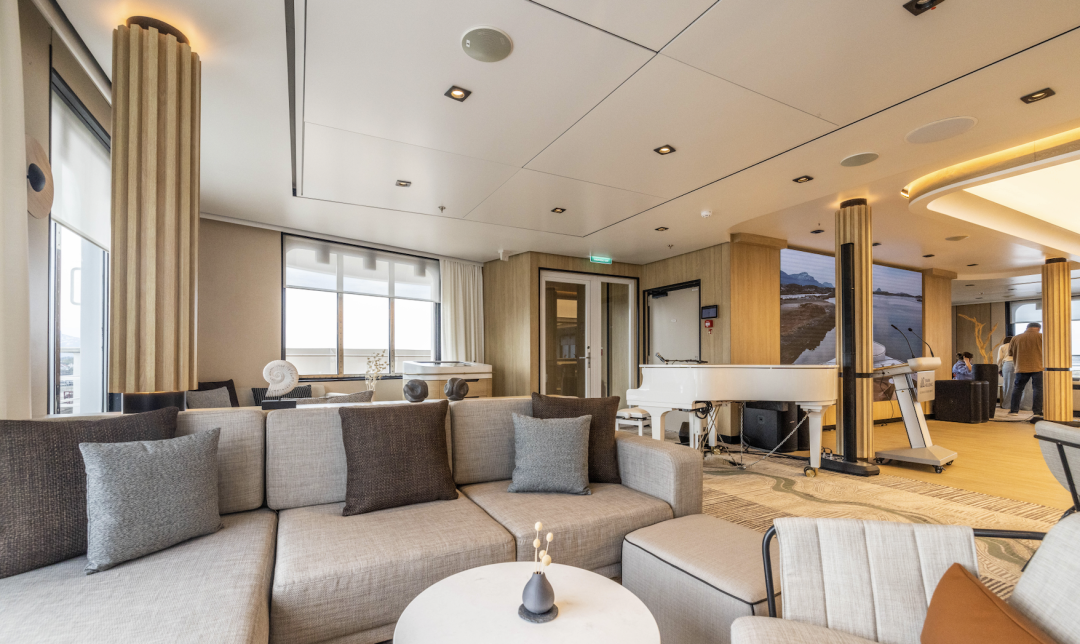
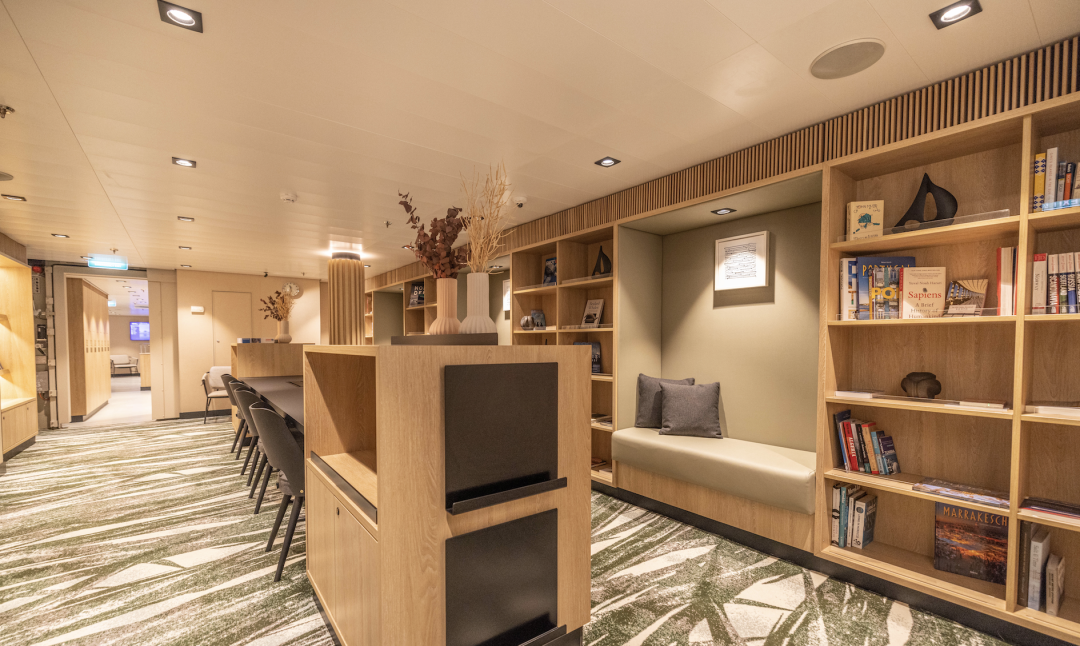
The specific pricing for this journey is as follows:
OD and OM are ocean-view rooms, differing mainly in that OD rooms are concentrated at the front and stern of the ship. BD and BM categories are balcony rooms. There are just three OD cabins, with most configurations starting with OM.
Ocean-view rooms are about 20 square meters, equipped with either two single beds or one double bed; in fact, this size is considered a small suite on many other cruise lines.

Balcony rooms measure 25 square meters, inclusive of a 5-square-meter terrace.
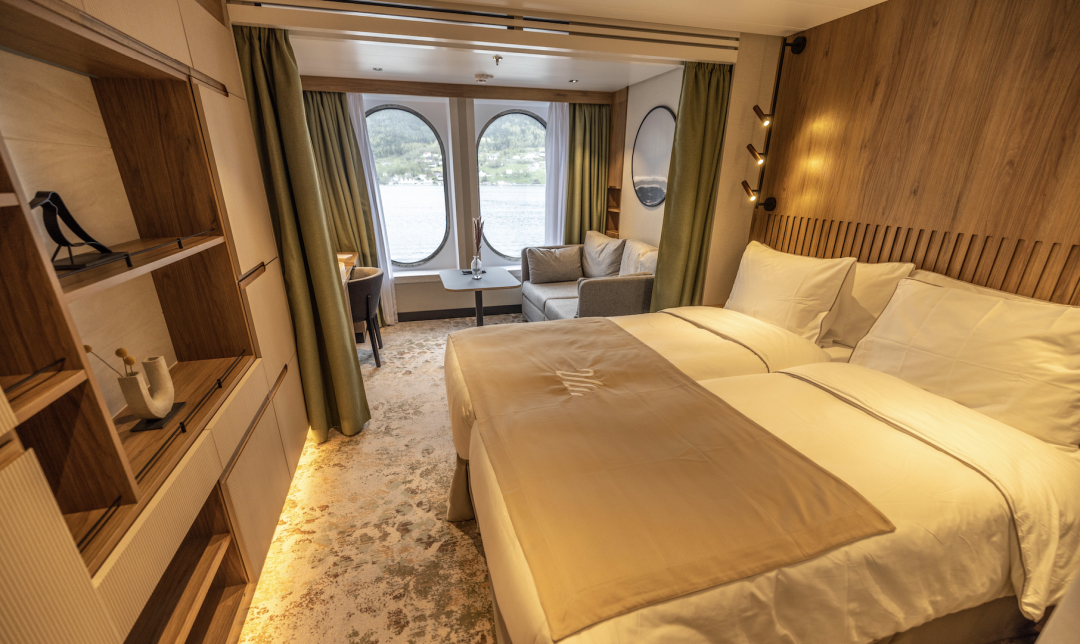
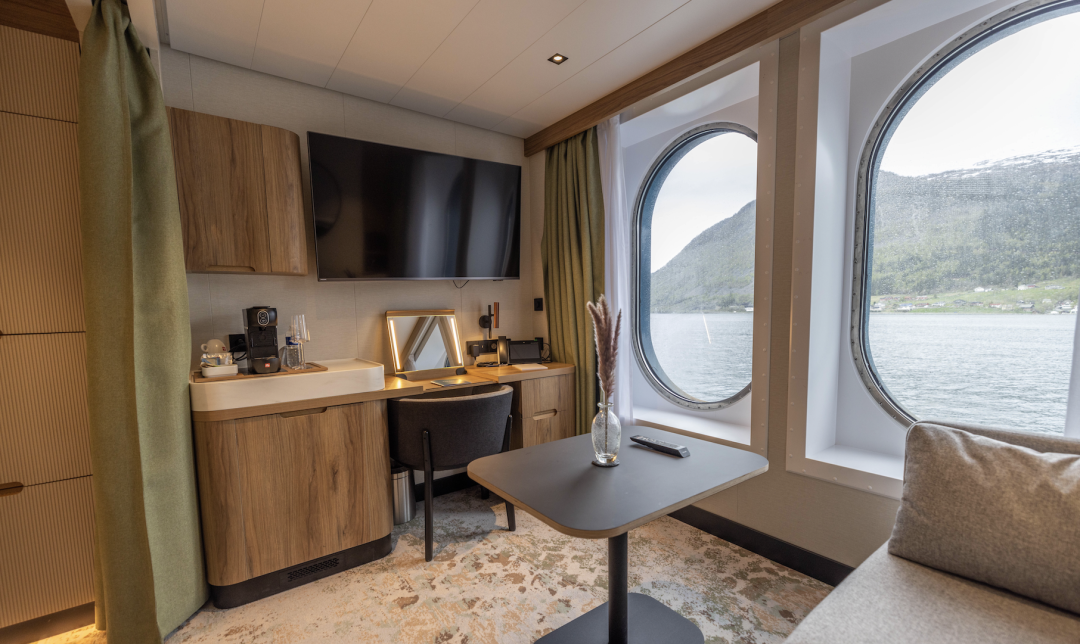
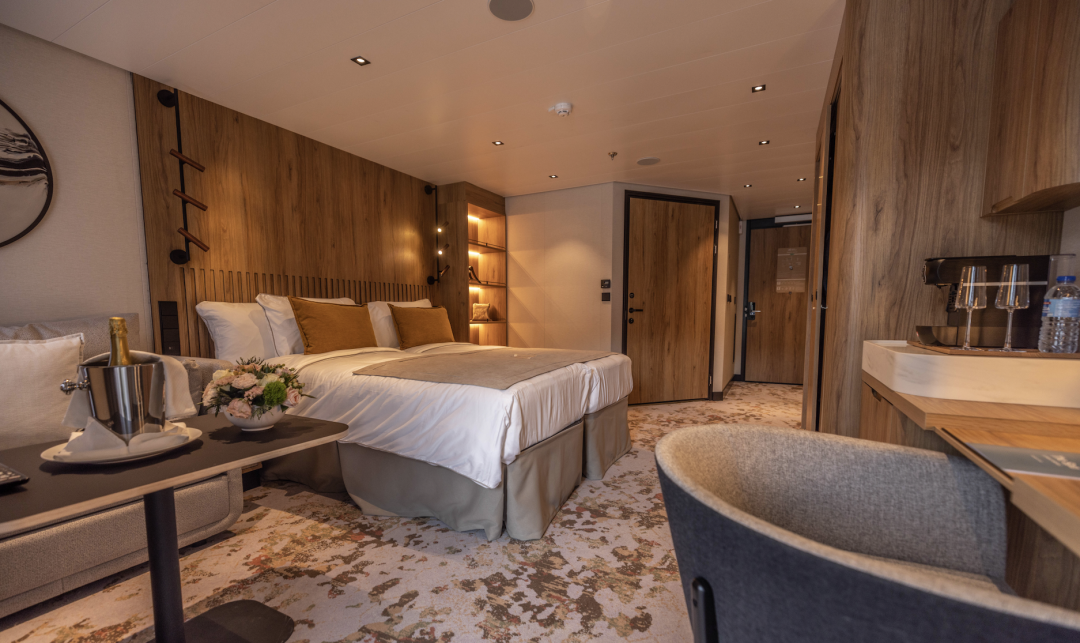

Now let’s discuss the itinerary. On November 13, 2024, the journey will set sail from Cape Town, a city lying at the confluence of the Indian and Atlantic Oceans, surrounded by ocean on three sides and by mountains on one, offering stunning scenery. The advantage of boarding in Cape Town is that airfare is cheaper compared to flying to Argentina, and the travel distance is shorter, with direct flights available domestically.
In Cape Town, you can see African penguins.
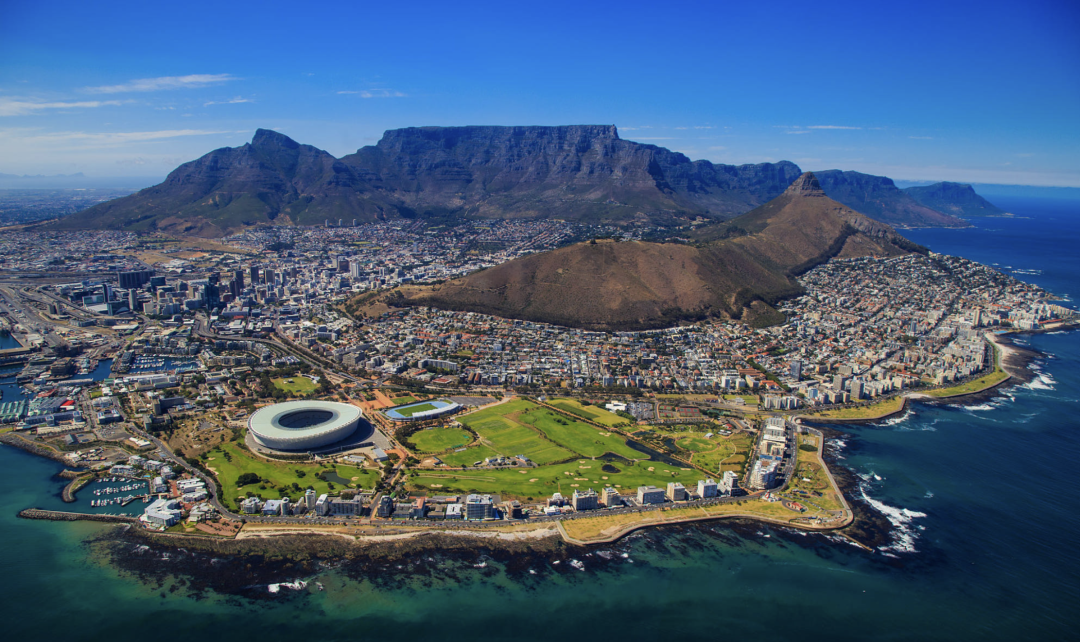
The Tristan da Cunha Islands represent the most remote inhabited island group in the world, located in the South Atlantic and a British Overseas Territory. It is 2,816 kilometers from South Africa and 3,360 kilometers from South America.
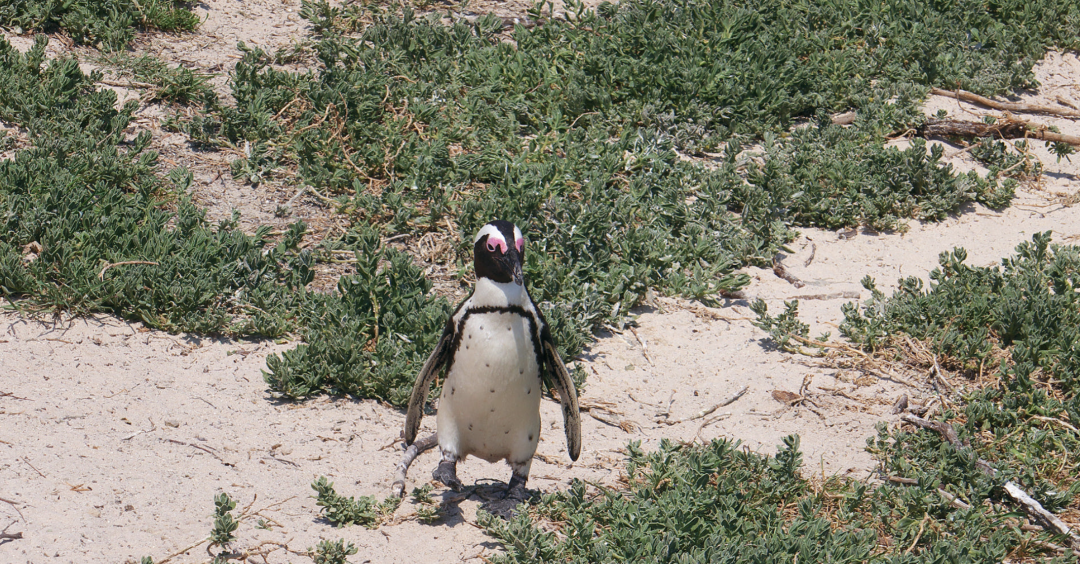
Looking at the map, it’s situated in the middle of the Atlantic Ocean, isolated and independent.
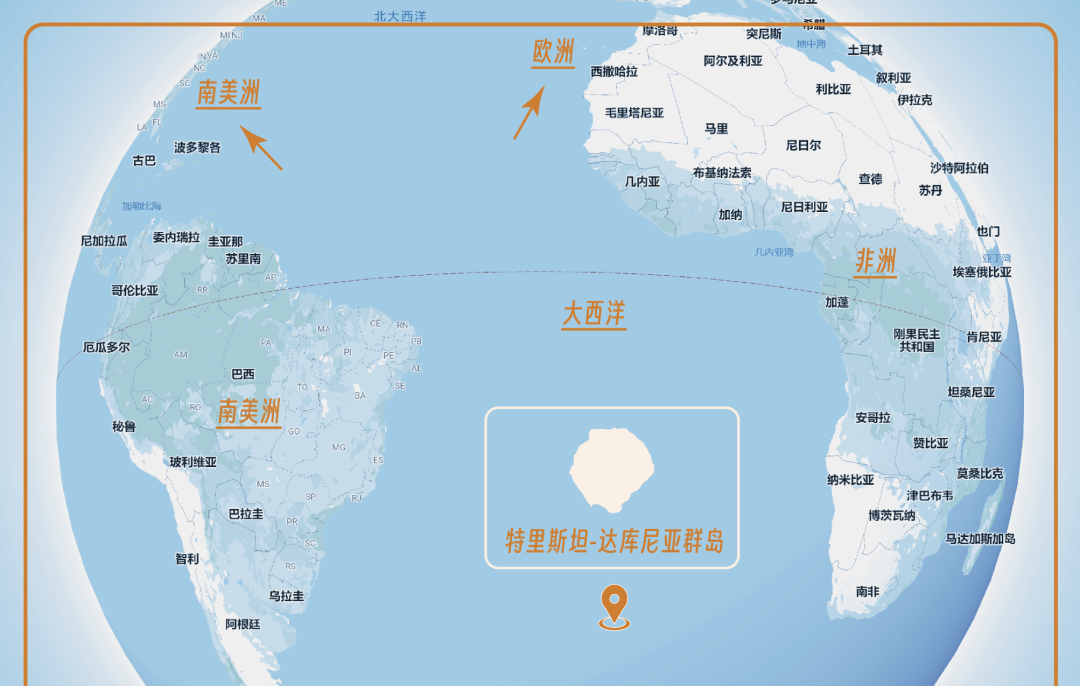

From what I gathered, the Tristan da Cunha island group has only seven surnames with a total population of 262 living there, leading an almost isolated and tranquil life. Due to an ongoing gender imbalance with more women than men, the island’s community occasionally opens recruitment for male spouses on their official website, offering a house as an incentive for those who relocate there.
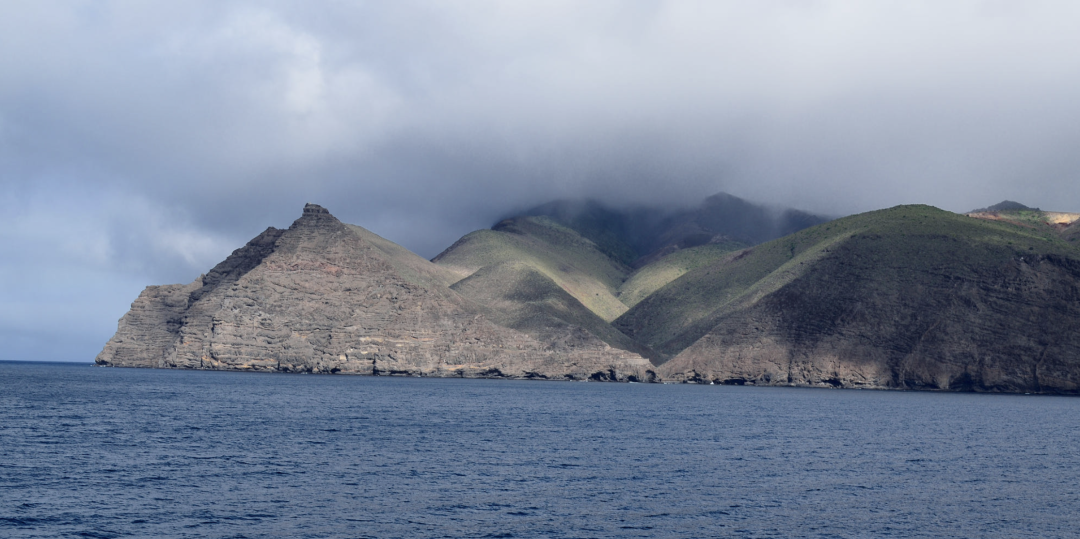
Tristan da Cunha has no airport; it can only be accessed by ship, and due to its extreme remoteness, the number of cruise ships visiting annually is very limited. The harder a place is to reach, the more I wish to go there.
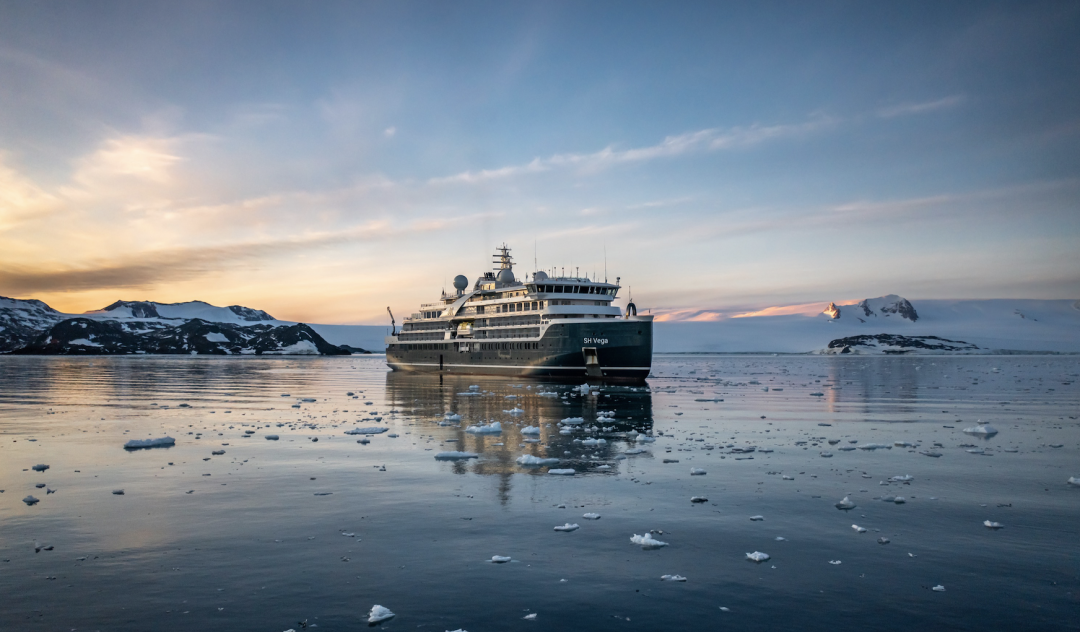
I have long been fascinated by this island because it is the loneliest and most challenging place to reach in the world. Its unique geographical position serves as a significant stopover point in the migratory paths of birds, making it home to many extraordinary animals. Here, visitors cannot land; instead, experiences revolve around cruising in Zodiacs.
South Georgia Island
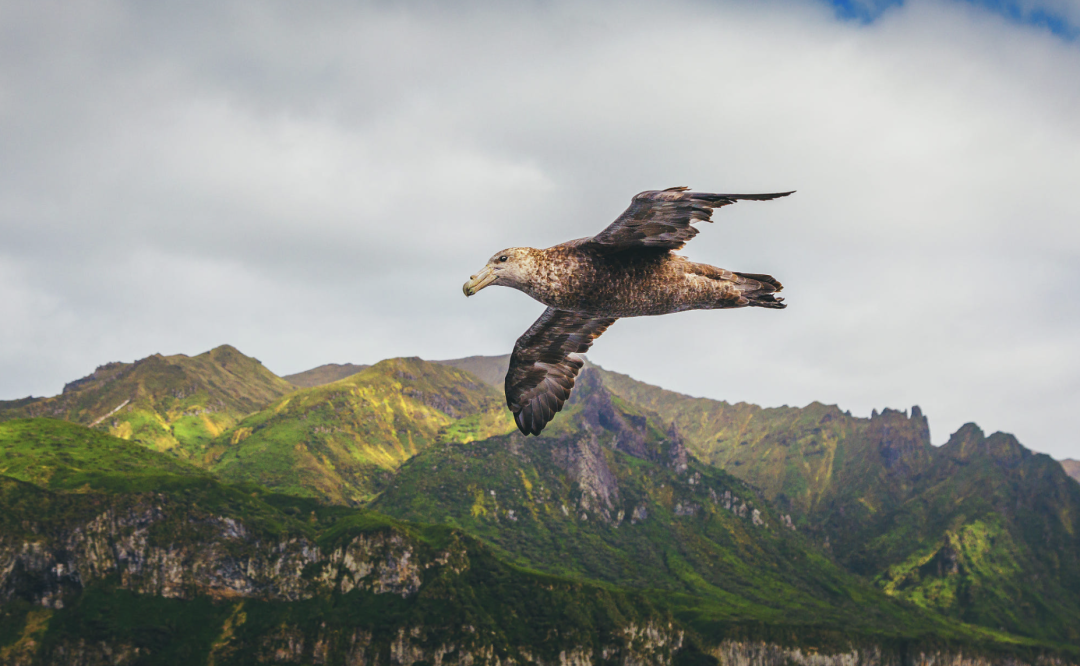
This trip allows for two full days at South Georgia Island. Most South America’s three-island Antarctic itineraries (Antarctic Peninsula – Falkland Islands – South Georgia) will include a stop at South Georgia. This island is one of the last pristine lands on Earth, and it is considered among the least habitable locations for humans. It lacks permanent residents but is teeming with thousands of king penguins, macaroni penguins, albatrosses, petrels, skuas, and gulls, making it a paradise for animals.
In South Georgia, you are guaranteed to see two species of penguins: king penguins and macaroni penguins. The reason for this guarantee is that there are so many that they are densely populated.
Moreover, the island features glaciers and fjords, showcasing beautiful wilderness landscapes.

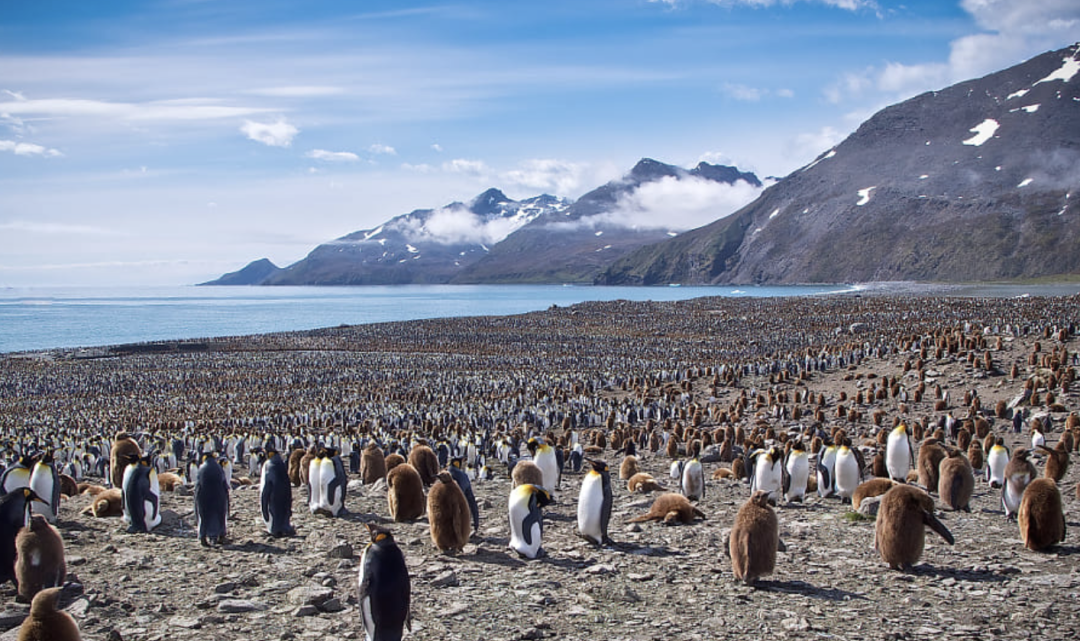
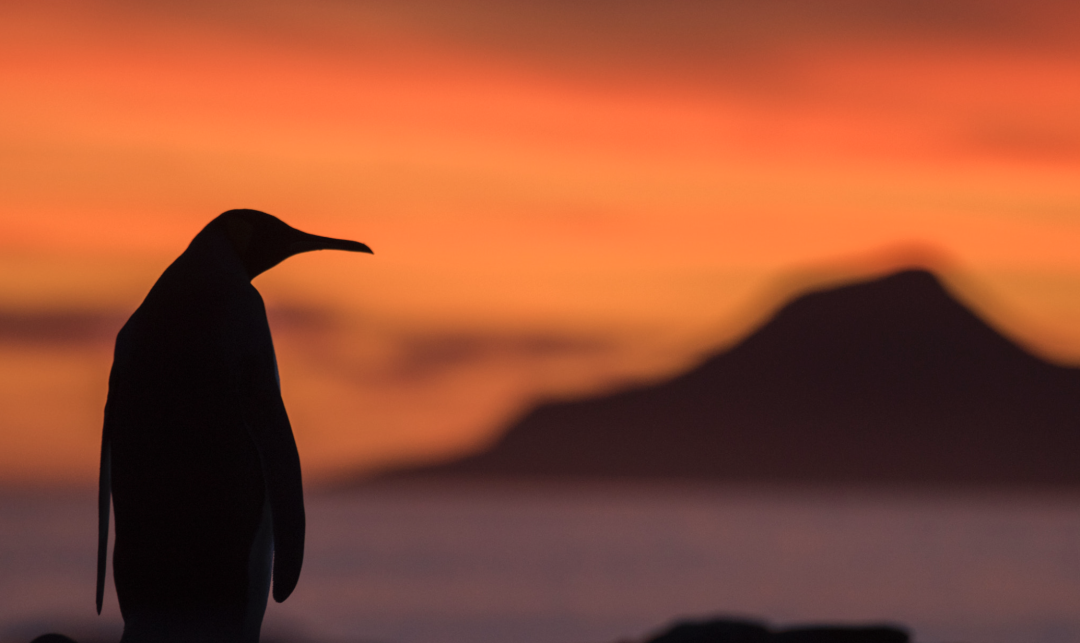
Antarctic Peninsula


There will be four full days in the Antarctic Peninsula on the itinerary. The SH Diana can accommodate 192 people. According to the Antarctic Treaty, there can be no more than 100 landings at any one time; thus, with 200 people, visitors will divide into groups, with one group landing while the other tours by zodiac—this is the most efficient arrangement. Generally, landings can be made at least once daily, often twice.
In the Antarctic Peninsula, common penguin species include the Adelie, Gentoo, and chinstrap penguins. So, as I said, you can see at least six species of penguins throughout this journey. It is recommended to do some research beforehand; otherwise, you might only be able to differentiate between two species.
Next, we have the Drake Passage.

The last two days after the Antarctic Peninsula will be a transit through the Drake Passage.

Finally, disembark in Ushuaia, Argentina.

The detailed itinerary is as follows:
Day 1: Embark in Cape Town, South Africa
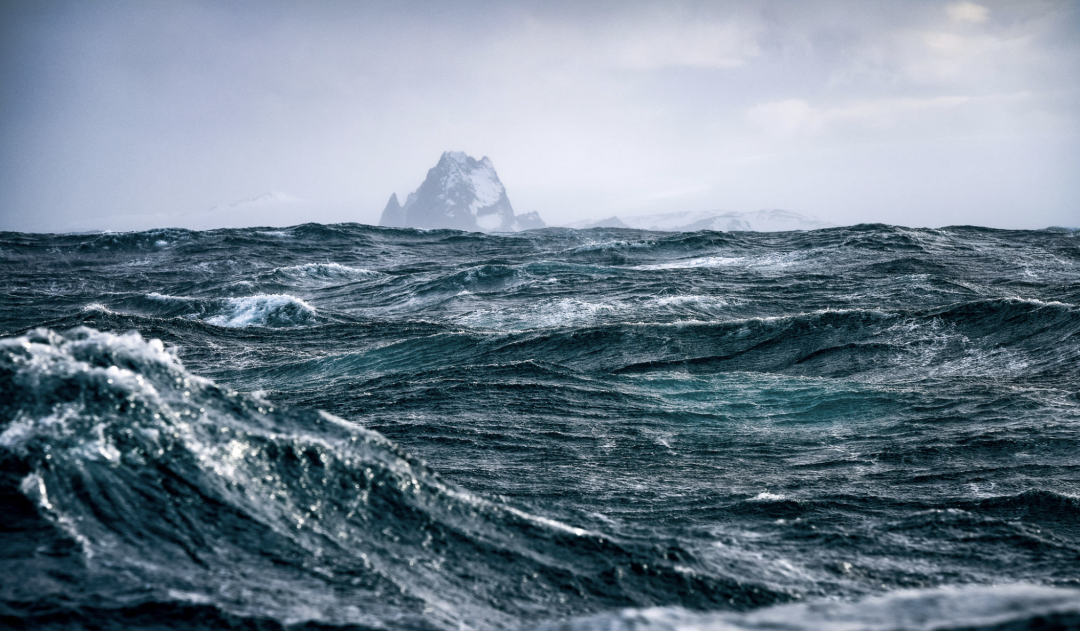
Days 2-5: Sea days
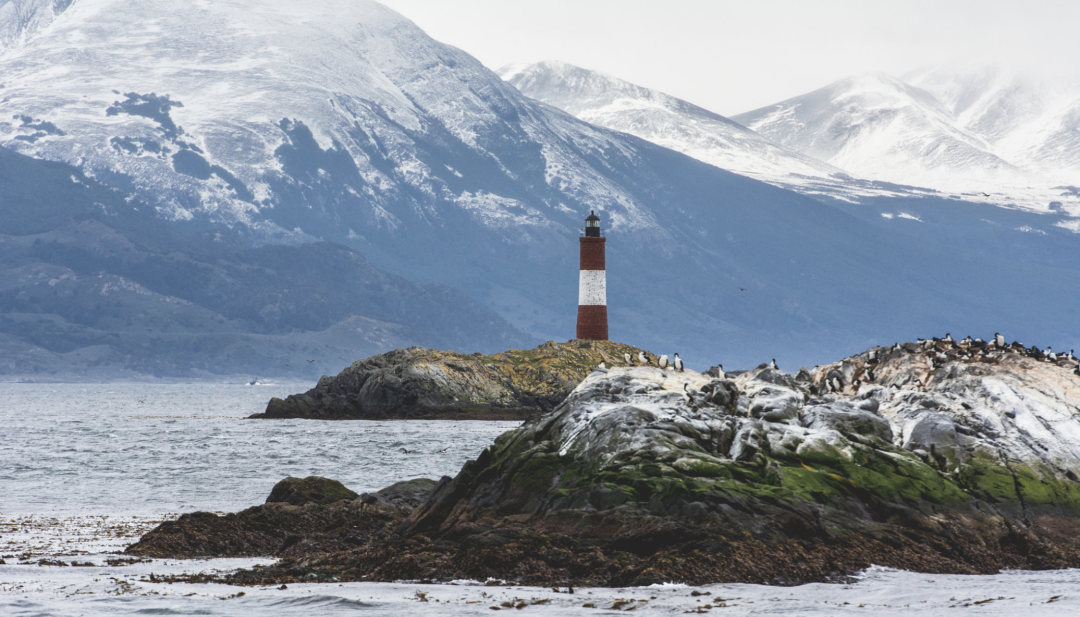
Day 6: Tristan da Cunha Islands
Days 7-10: Sea days
Days 11-12: South Georgia Island
Days 13-14: Sea days
Days 15-18: Antarctic Peninsula
Days 19-20: Sea days (transit through the Drake Passage)
Day 21: Disembark in Ushuaia, Argentina
This entire journey requires a South African visa and an Argentine visa. Although Tristan da Cunha is a British Overseas Territory, it does not require a visa. Currently, securing a South African single-entry visa takes about a month and a half. If one holds a US visa, an electronic Argentine visa can be obtained, allowing for quicker processing. For groups of five or more, Argentina can also provide group visas, making things a bit more convenient.
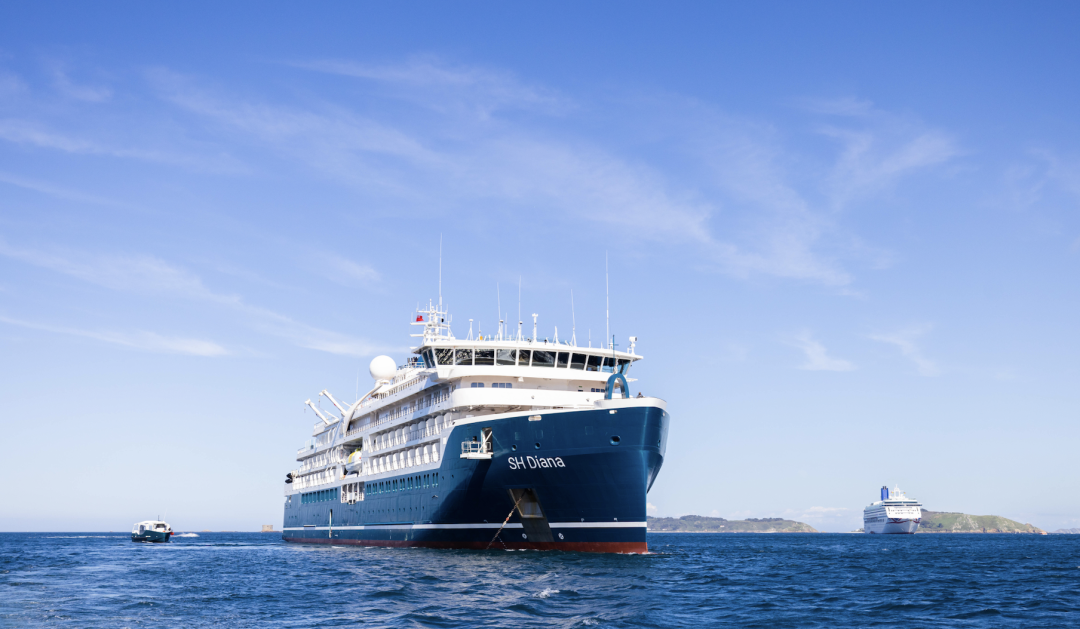
Here’s what to expect in terms of costs:
Departing on November 13, 2024, on the Swan Exploration Cruises’ newest vessel, the SH Diana, the route from Cape Town, South Africa, to Tristan da Cunha Islands, South Georgia Island, Antarctic Peninsula, and finally to Ushuaia, spans 21 days and 20 nights, starting at $7,180 per person.

The price breakdown is as follows:
I want to emphasize that Swan Exploration Cruises offers very reasonable prices. The costs include beverages, Wi-Fi, and basic landing excursions, which can be surprisingly expensive on other Antarctic cruises. Additionally, the package includes your accommodation in Cape Town, as well as transportation to the port and flights from Ushuaia to Buenos Aires.

Thus, all of this for $7,180 per person truly constitutes an excellent deal for an Antarctic itinerary.
The way to judge whether this price is reasonable is to look at what boat tickets on the Antarctic Peninsula are going for. Many 9-day, 8-night Antarctic Peninsula itineraries could easily exceed the cost of this 21-day, 20-night journey, and the quality of the vessel might not even match SH Diana.

However, it’s important to be aware of potential challenges that could deter some from participating:
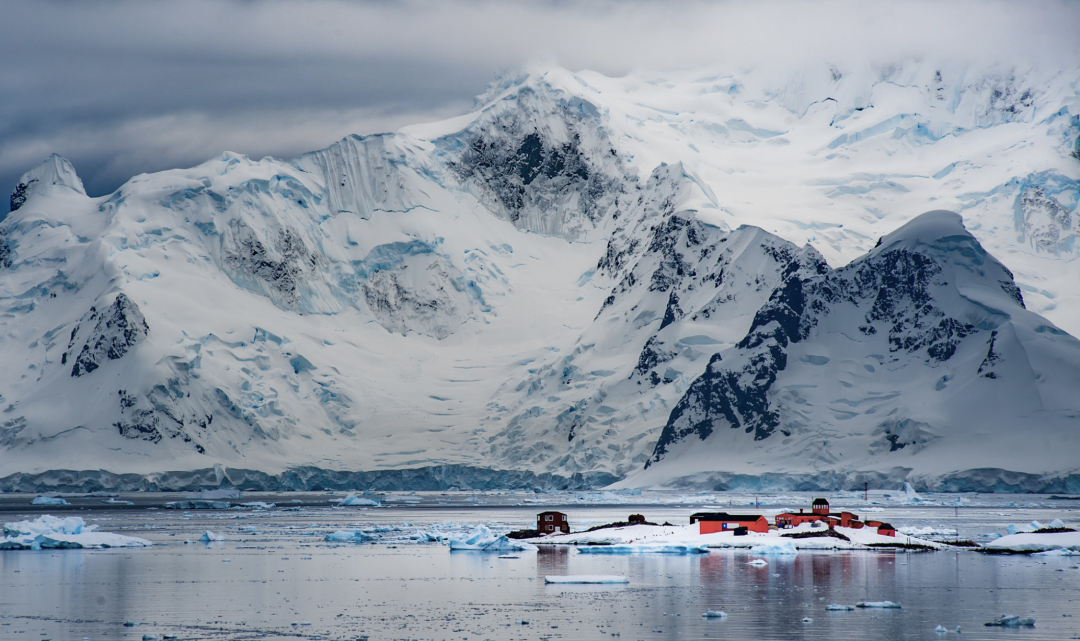
1) South African and Argentine visas. It is advisable to secure visas before purchasing tickets or to book the trip after receiving confirmation about the visa. The South African visa application can be complex.
2) The itinerary is lengthy, spanning an entire 21 days and 20 nights. Such an extended time frame may not be feasible for everyone’s holiday schedule.
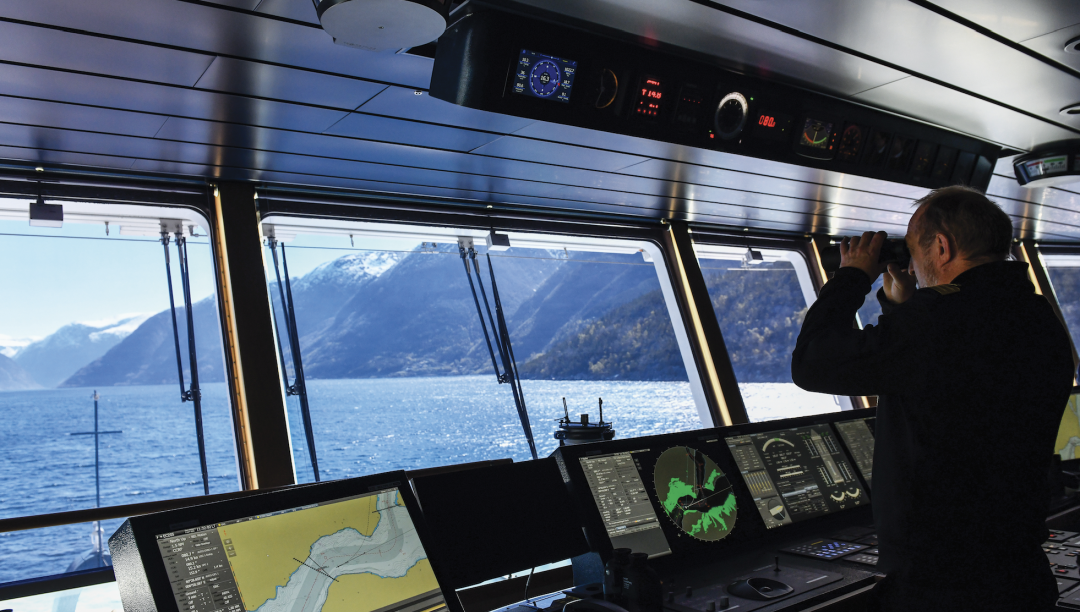
3) There is no Chinese language service onboard, and most passengers are foreign nationals. It’s recommended that travelers form groups to assist each other. If there is sufficient interest, I am quite drawn to this itinerary and may arrange for a travel photographer to accompany the journey, given the epic nature of the route, which certainly promises content worth documenting.
This is not a product for rescheduling; cancellations may result in losses. The cancellation policy is depicted in the image below; please be sure to purchase rationally.
To make a purchase:
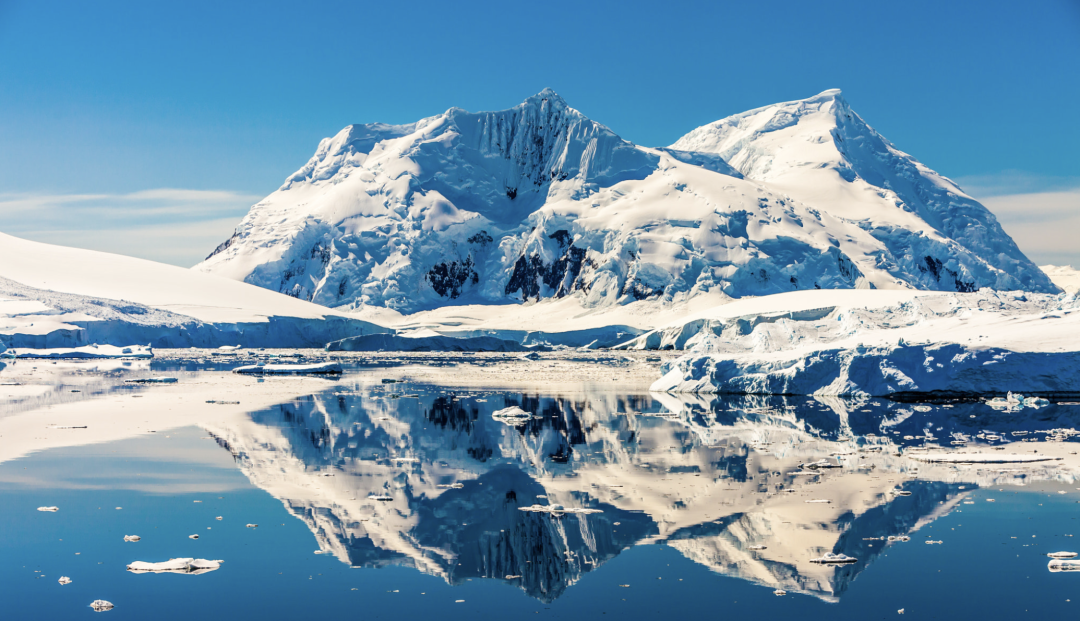
Traveling on cruise-related holidays can be relatively complex; simply ordering may not be reliable. Those interested may reach out to my assistant (WeChat ID: xiyoutravel5), who will add you to the “Travel Cruise Group.” Most foreign travel products require second confirmation of cabin availability, so be sure to contact my assistant after booking.

If anyone hopes to travel to the Arctic (Svalbard) this year, you should act quickly. The window for Svalbard travel is during the summer, and there is still time to apply for a visa; delaying may lead to complications with the visa process. Swan Exploration Cruises also has a limited amount of Arctic bookings available, which are worth considering for their high cost-performance ratio.
If you enjoy travel, don’t forget to follow and pin this public account!
I am Jisucai, the director of the Travel Public Account and a travel blogger.
I specialize in combining travel with airline, hotel, and credit card tips.

Let’s explore the world smarter!


